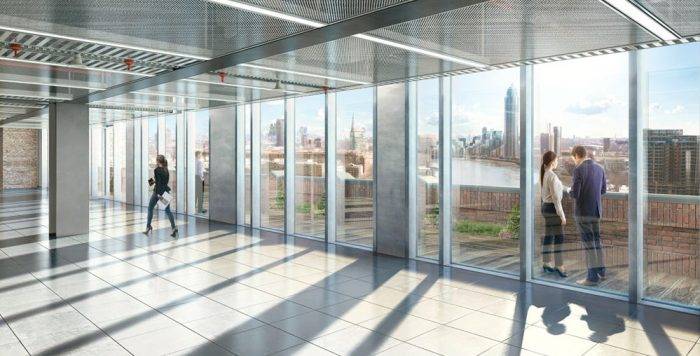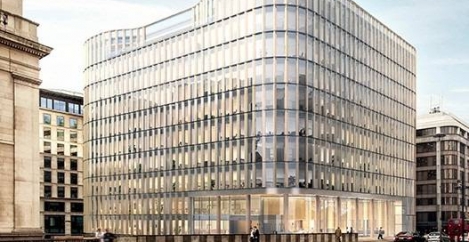October 18, 2016
London office sector still recovering from Brexit shock 0
 Although the UK economy has shown a measure of resilience post referendum, take-up in the key London office market, although still on a quarter to quarter rise of 34 percent, is 7 percent below its long term average. According to the latest London Office Snapshot from Colliers, transactions were largely boosted by major deals to Apple (500,000 sq ft) and Wells Fargo (220,000 sq ft), with both deals for new headquarters buildings, in Battersea and the City core respectively, being a major vote of confidence for London. In the City, the level of take-up demonstrated some positivity as it rose by 8 per cent quarter on quarter, though the quarterly take up is still 26 percent below average. Though pre-letting activity was healthy, doubling quarter on quarter, West End take-up was disappointingly subdued in the third quarter, falling further from the already sharply below trend Q2 total. Encouragingly, a number of deals that were seemingly ‘mothballed’ post referendum have now been concluded, albeit at marginally lower price points.
Although the UK economy has shown a measure of resilience post referendum, take-up in the key London office market, although still on a quarter to quarter rise of 34 percent, is 7 percent below its long term average. According to the latest London Office Snapshot from Colliers, transactions were largely boosted by major deals to Apple (500,000 sq ft) and Wells Fargo (220,000 sq ft), with both deals for new headquarters buildings, in Battersea and the City core respectively, being a major vote of confidence for London. In the City, the level of take-up demonstrated some positivity as it rose by 8 per cent quarter on quarter, though the quarterly take up is still 26 percent below average. Though pre-letting activity was healthy, doubling quarter on quarter, West End take-up was disappointingly subdued in the third quarter, falling further from the already sharply below trend Q2 total. Encouragingly, a number of deals that were seemingly ‘mothballed’ post referendum have now been concluded, albeit at marginally lower price points.
 There were only six deals over 20,000 sq ft, with three major pre-lets signed in the West End, with PA Consulting, National Cyber Security Centre and Moneysupermarket securing space at Verde, Nova South and 1 Dean Street respectively. Regardless, take-up is over 30 per cent below the long term trend and vacancy is rising faster than in other major submarkets.
There were only six deals over 20,000 sq ft, with three major pre-lets signed in the West End, with PA Consulting, National Cyber Security Centre and Moneysupermarket securing space at Verde, Nova South and 1 Dean Street respectively. Regardless, take-up is over 30 per cent below the long term trend and vacancy is rising faster than in other major submarkets.
Despite this, the availability of new/refurbished space continues to decline, underlining the imbalance between new and second hand accommodation. There is just 548,000 sq ft of existing new/ refurbished space available in the area.
In fact, throughout the Capital, the anticipated release of second-hand accommodation and protracted deal negotiation timelines mean that absorption of office space has slowed. The prospect of increased re-gearing of leases and landlords seeking to retain tenants during this continuing period of uncertainty is impacting on churn of stock and occupation levels.
Confirming a trend seen in Q2, occupier demand is beginning to polarise, with Media and Tech no longer the sole driving force of activity. More balanced service sector demand is likely to help absorb a wider range of product in a broader variety of locations.
You can access the full report here.














